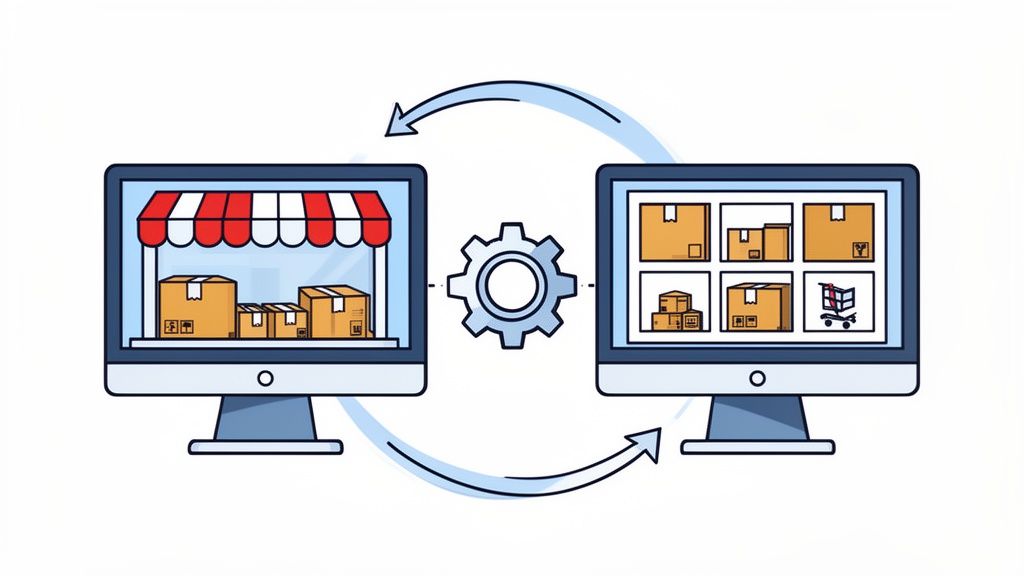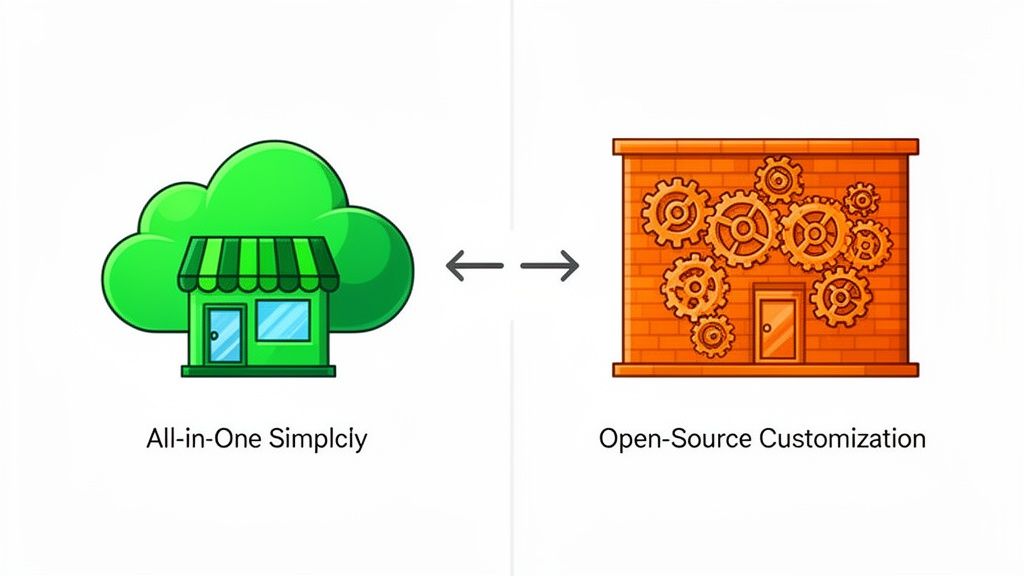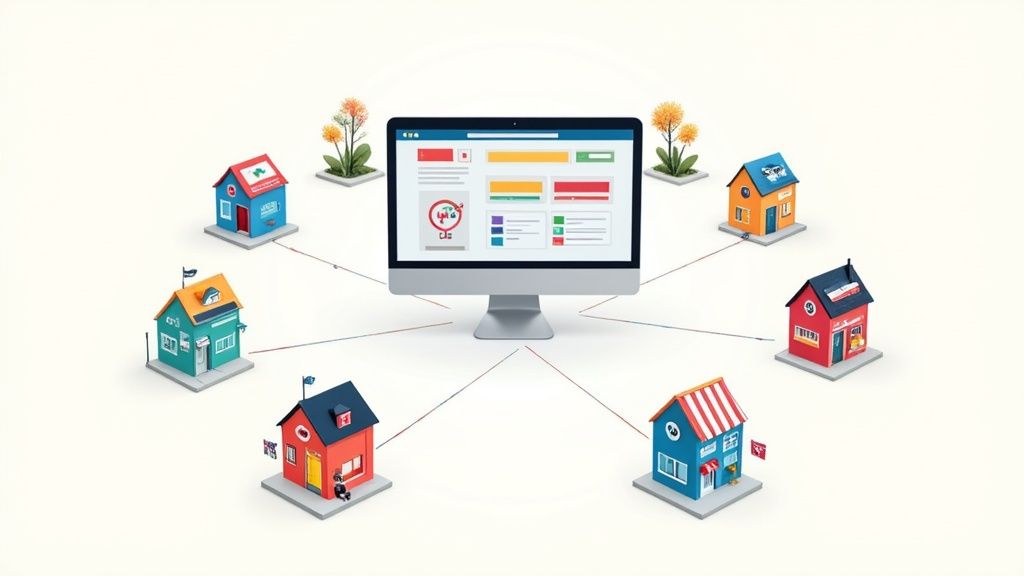
Growth-hacking Intro
Traditionally, Growth-hacking describes how online services and tech startups gain new users. A Growth-hacking mindset, though, is just as helpful in eCommerce. With a relentless focus on growth, you can develop and run tests, campaigns, and programs that drive more online sales.
What is growth-hacking?
A growth hacker is someone who uses creative, low-cost strategies to help businesses acquire and retain customers. Sometimes growth hackers are also called growth marketers, but growth hackers are not simply marketers. Anyone involved in a product or service, including product managers and engineers, can be a growth hacker.
Growth-hacking Framework
1. Define objectives
Understanding what your goals are is the first step toward achieving them. Know what you are seeking to accomplish through growth hacking. Then, tailor your approach toward those specific objectives. These objectives should also be informed by research. Evaluate your current marketing initiatives with a full audit. This information will help you determine what areas have room for improvement and how they can be formulated into a new objective.
2. Foster new ideas
Do research for inspiration, and then build on what you find. Know what worked or didn’t work and why — using your previous campaigns and others in your industry for inspiration. Use as much information as possible to help brainstorm the best way for your business to use growth hacking.
3. Determine priorities
What is the most important goal for your business to achieve through growth hacking? Or where does your business need to improve the most right now? These are things to consider as you narrow down your growth hacking strategy. But, be realistic. Growth hacking isn’t magic and isn’t guaranteed to work overnight, so set achievable goals.
4. Implement the new strategy
Put your idea to the test! Develop a hypothesis based on the strategy you’ve chosen. Then, execute that strategy as you planned it with your team. Problem solve along the way and keep moving forward. Continue running experiments and new tests as you go to gather the most information about your hypothesis.
5. Measure and analyze results
Did your strategy accomplish the intended objective? Were there impacts that you didn’t expect? Was your hypothesis correct? Analyze the overall result and effects of the growth hacking strategy that was implemented. Take that information and use it to inform your next strategy. Continue applying what you’ve learned and keep trying until you start seeing a measurable change.
Source: https://blog.hubspot.com/sales/growth-hacking-websites
Growth-hacking Case by UBER
The main methods of growth hacking that are applied by Uber including are customer acquisition, product market fit (PMF), referral marketing, surge pricing, market expansion strategy, word of mouth marketing (WOMM), early adopter advocacy and reputation system. Uber's rapid growth and accelerated populism show the effectiveness of the applied potential growth hacking methods that is a new and unique discipline on which its roots are based on the lean startup principles
Source: International Journal of Economics, Commerce and Management United Kingdom Vol. V, Issue 6, June 2017.
Growth-hacking value for eCommerce business
Growth-hacking was invented by tech startups that had limited resources and a big motivation for rapid growth. Despite the fact that many businesses are not tech startups, they may successfully use this framework to achieve low-cost customer acquisition, longer LTV, and other key metrics for the business.
And for sure, traditional eCommerce or D2C businesses can benefit a lot from growth-hacking implementation.
Growth-hacking Case in D2C
Here is an interesting example of Growth-hacking methodologies in D2C. The Sleeping Company launched a line of products for improving sleep quality in the UK and aimed to validate the product with a Lean Startup approach and data-driven focus. The company successfully tested various hypotheses, made several sales, received thousands of impressions across various customer cohorts, and all that without a product!

Sleeping Company never produced even one-off a piece of product, it was all done by creating a "fake" product, testimonials, and visuals and finally allowed stakeholders to make decisions about investments into the business.
This case shows that Lean Methodology & Growth-hacking could be a competitive advantage for eCommerce D2C strategy to test, validate and launch faster than competitors.
Growth-hacking Case in Shopify Apps
A few weeks ago our team wanted to validate hypotheses about the new Shopify App for NFT integration on Shopify (Our blog post about NFTs on Shopify).
Instead of spending high budgets on Paid advertisements and hours of Marketing Experts, we wrote a short Medium Post and reposted it to several communities across the Web who are interested in Shopify Apps, NFTs, and Web3. (Original article in Medium).

It had a great effect with a low budget and few hours of time we were able to receive valuable traffic, leads, and customers for interviews that helped us in data-driven decision making.
Consult with ECORN Agency to implement Growth-hacking in your business.
Thanks for attention !
ECORN Agency can help you with design, development or management of eCommerce business. We assist you to build eCom unicorns! Book free consultation with us!









































































































